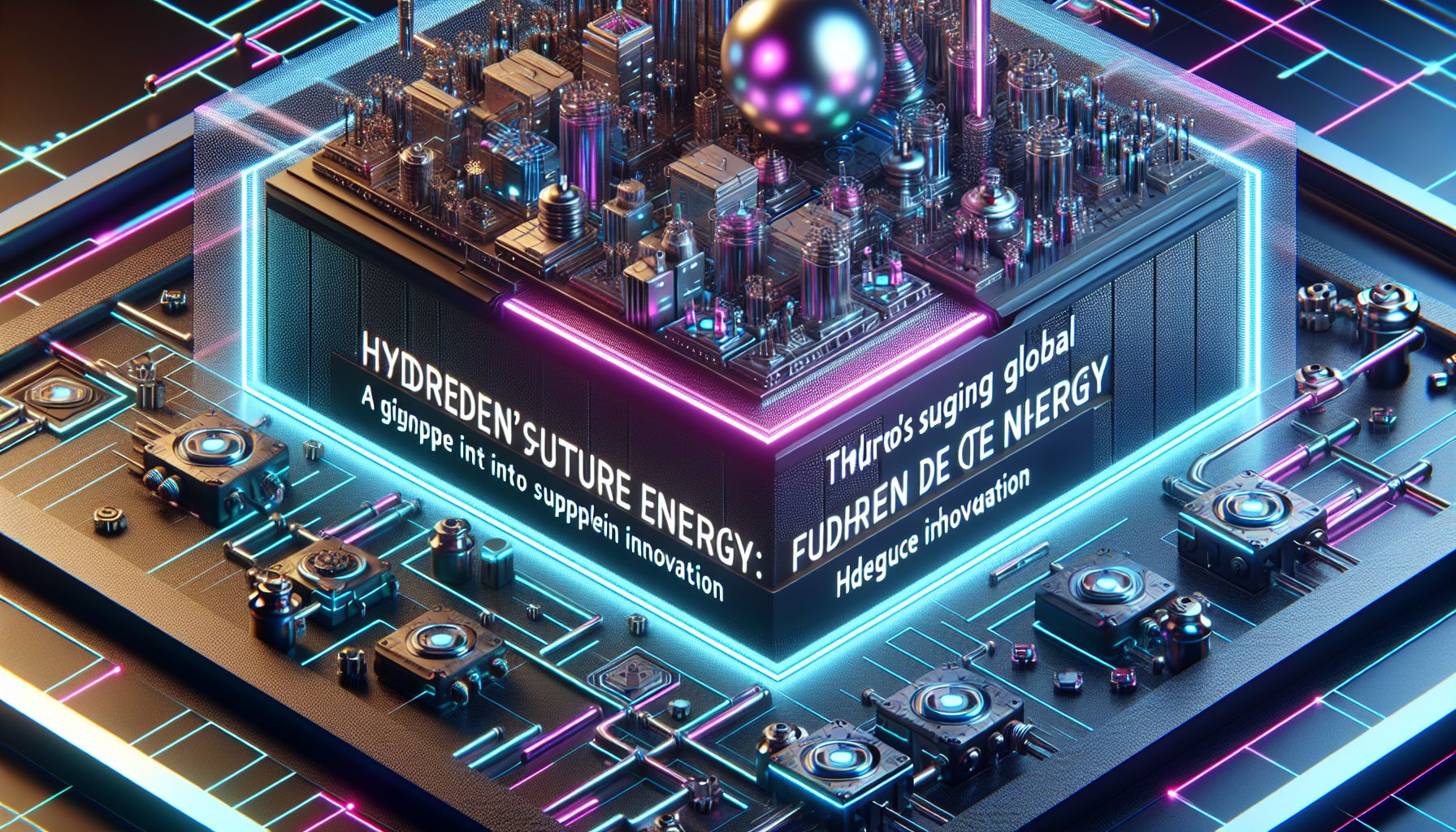Hydrogen's Role in Future Energy: A Glimpse into Supply Chain Innovation

London, Wednesday, 1 October 2025.
Global hydrogen demand is surging, fuelled by carbon-reduction policies. The latest research offers technical, economic, and policy insights vital for designing robust hydrogen supply chains. It’s a clean future calling!
The Rising Demand for Hydrogen
As I see it, the global demand for hydrogen is not just rising—it’s skyrocketing. This surge is driven by stringent carbon-reduction policies that are reshaping energy landscapes worldwide. Countries are racing to harness hydrogen as a clean energy carrier, with initiatives that span from local projects to grand international trade plans. It’s like the world collectively decided to bet on hydrogen, and, trust me, the stakes are high [1].
Unpacking the Supply Chain
Now, let’s dive into the nitty-gritty of hydrogen supply chain design. Current research reveals some intriguing gaps. While the focus has predominantly been on transportation technologies, a glaring oversight exists in integrating technical, economic, and policy dimensions in a cohesive manner. Imagine trying to complete a puzzle with missing pieces—frustrating, right? That’s the current scenario with hydrogen supply chains [1].
Policy and Market Frameworks
Policy and regulation are like the backbone of any successful supply chain. Without them, even the best plans can collapse like a house of cards. The research underscores the importance of robust policy and market frameworks in establishing a viable global hydrogen supply chain. Yet, there’s still room for improvement, especially in evaluating regulatory frameworks and financial risks [1].
Infrastructure and Logistics Challenges
Ever tried moving a mountain? That’s how challenging the infrastructure and logistics for hydrogen can be. The research points out significant gaps, such as retrofitting infrastructure for hydrogen derivatives and utilizing ports as export hubs. It’s like trying to fit a square peg in a round hole—these challenges need innovative solutions [1].
Future Directions in Research
Looking ahead, researchers are calling for a more integrated approach that combines technical, geopolitical, and social factors. It’s about time we moved beyond siloed thinking and embraced a holistic view. This is crucial for not only designing but also implementing effective hydrogen supply chains that can withstand the test of time and policy shifts [1].